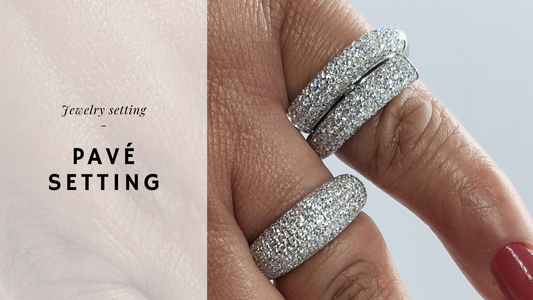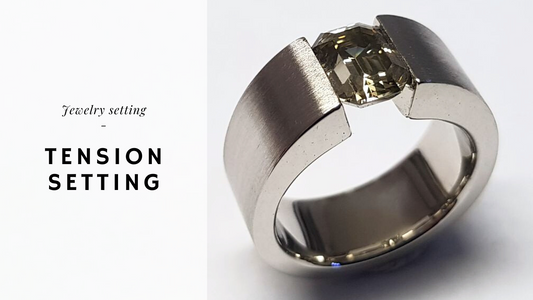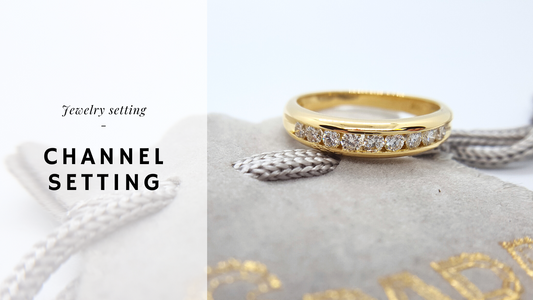
Skillfully merging art and science, a variety of techniques is used to help gemstones reach their full potentials. Just as critical as good cutting, enhancements (treatments) are an integral part of the modern gemstone industry.
Jewels have been objects of desire from the earliest days of mankind. The enduring value of gems and pearls is largely a result of their beauty, durability, and rarity. It is this last aspect that has pushed humans to create less expensive alternatives to the natural product. These include imitations such as glass, fully synthetic counterparts of natural gems, and enhancements that modify gems and pearls to make them more valuable.
Certain enhancements have been practiced for literally thousands of years. The dyeing of agate is one example. Others, such as irradiated blue topaz, are solely a product of the technological advances of the modern age.
Enhancements have a definite impact on the value of precious stones, with the highest prices paid for natural gems of fine quality that have not been enhanced in any way beyond ordinary cutting and polishing. As a gem is modified to a greater and greater degree, the change in value is also greater. The least expensive gems are those fully made by man (synthetics) because the supply is essentially unlimited. Thus, they have limited or no rarity.
Generally, gemstones can be placed into one of two broad categories: natural or artificial. In some cases, natural and artificial gem materials may be combined into an assembled piece such as a doublet or triplet. Included below are a few short definitions to clarify some commonly- used terms:

Natural
Any gem material, organic or inorganic, that forms without the intervention of man. By strict definition, natural gems only undergo the standard process of cutting and polishing.
Natural enhanced
A natural gem whose appearance has been improved by a standard industry treatment (e.g., heating of ruby, citrine, and tanzanite). These do not require disclosure since the enhancement does not create any substantial difference in value or any special care requirements. However, it's always recommended to have this specified on any certifications that comes with these gemstones, as to have full disclosure on your valuables.

Natural treated
Some natural gems are enhanced by methods that go well beyond those considered standard by the industry. These treatments may create special-care requirements and/or a substantial difference in the perceived value of a gem. Such treatments must always be disclosed (e.g., CVD topaz, fissure-filled ruby, irradiated diamond, lattice diffused sapphire).
Artificial
This designation is the catch-all for any gems or gem materials that are man-made or created through the intervention of man. Some artificial gems have no analog in nature (eg. yttrium aluminum garnet [YAG], gadolinium gallium garnet [GGG]).
Synthetic
This is a specific sub-category of artificial. A man-made (lab-created) gem material must fulfill two criteria for the designation synthetic. First, it must have a natural analog; second, it must have the same chemical, optical, and physical properties as its natural counterpart. Examples include synthetic sapphire, ruby, and emerald.

Natural pearls
Rarely seen in the jewelry trade, natural pearls are created through an organic process without any intervention by man. Whenever the term pearl is used without a modifier, it refers to the naturally-occurring variety.
Cultured pearl
Although formed by the same process as their natural counterparts, cultured pearls are products of human intervention and cannot be considered "natural." With rare exceptions, all South Sea, Akoya, and Tahitian pearls sold by Spada Diamonds are cultured. We also sell a wide variety of cultured freshwater pearls.
Imitation
This is any material, natural or artificial, that has the appearance of another generally more valuable gem material. Appearance is where the similarity ends. Red glass, for example, is a common imitation for ruby.
Simulant
This is any gem material, natural or artificial, that is generally used as a substitute for another more valuable gem. This term can be used interchangeably with imitation. Synthetic red cubic zirconia, red glass, and natural red garnet all qualify as ruby simulants.
Assembled
This is composed of two or more gem materials using a bonding agent. The most common assembled gems are doublets and triplets. The component parts may be all natural, artificial, or a combination of natural and artificial gems. Assembled gems offer an affordable alternative to similar looking, solid or single-piece natural gems.
Doublet
This is an assembled gem that consists of two pieces held together by a colorless bonding agent. Common examples include opal and quartz doublets.

Triplet
This is an assembled gem that consists of three gem materials held together by a colorless bonding agent or two gem materials and a colored bonding agent (the colored bonding agent considered a third component). Common examples include opal and quartz triplets.
Deconstructed
This process makes use of heat, pressure, and/or solvents to fuse small pieces of a gem together into a single, larger whole. Pressed amber is a common example of a reconstructed gem.
Hybrid
This is a gem with natural and artificial components, where the two cannot be separated. This term is designed to address a new generation of treatments that add artificial substances such as glass or polymers to the natural base material. This process generally improves the apparent clarity of the host but may also improve color.
Lab-Created
This term is used to describe any gem material synthesized by man. Lab-created gems may or may not have a natural counterpart (synthetic versus artificial).



